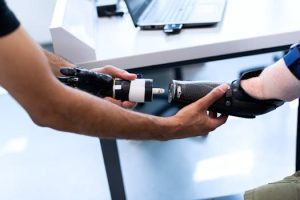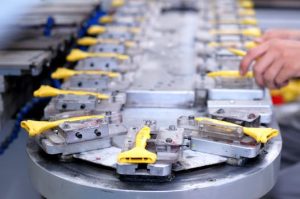Urban Mobility Solutions: Beyond Traditional Vehicles
The world is constantly evolving, and so is our mode of transportation. With the rise of urbanization and the increase in traffic congestion, traditional vehicles are no longer an efficient solution for urban mobility. We need innovative solutions that not only provide convenience and ease of travel, but also take into consideration the impact on the environment. In this article, we will explore the concept of urban mobility solutions beyond traditional vehicles, and how these solutions can revolutionize the way we move in urban spaces.
The Need for Urban Mobility Solutions
As the world’s population continues to grow and urbanization increases, our cities are becoming increasingly congested. This leads to longer commute times, increased air pollution, and a negative impact on the quality of life in urban areas. In fact, in some cities, traffic congestion has become so severe that it is costing the economy billions of dollars every year. It is clear that something needs to be done to improve urban mobility and address these challenges.
Beyond Traditional Vehicles
When we think of urban mobility, the first thing that comes to mind is often cars, buses, and trains. However, the future of urban mobility lies in going beyond these traditional vehicles. With advancements in technology, we now have access to a wide range of innovative solutions that can help us tackle the challenges of urban transportation.
Electric Vehicles
One such solution is the rise of electric vehicles. With zero emissions, electric vehicles not only help reduce air pollution in urban areas, but they also provide a more sustainable mode of transportation. And with the introduction of electric scooters and bikes, short distance travel within cities has become more convenient and eco-friendly.
Shared Mobility
Another trend that is gaining popularity is shared mobility. With ride-sharing services like Uber and Lyft, and shared bike and scooter services, people are now able to access transportation on-demand, without the need to own a vehicle. This not only reduces the number of cars on the road, but also provides a more cost-effective and convenient option for urban dwellers.
Micro-Mobility
In addition to electric vehicles and shared mobility, micro-mobility solutions like electric skateboards and hoverboards are also gaining traction. These compact and eco-friendly transportation options are perfect for short distances and can be easily maneuvered through busy city streets.
Smart City Solutions
Technology is also playing a key role in improving urban mobility. Smart city solutions, such as real-time traffic monitoring, intelligent traffic lights, and smart parking systems, are being implemented in cities around the world. These solutions not only help reduce traffic congestion, but also make it easier for people to navigate and find parking in urban areas.
The Impact on the Environment
The increasing use of traditional vehicles has had a significant impact on the environment. With the rise of urban mobility solutions beyond traditional vehicles, we can significantly reduce carbon emissions and improve the air quality in our cities. Studies have shown that if electric vehicles were widely adopted, there would be a 30% decrease in greenhouse gas emissions globally.
The Future of Urban Mobility
The future of urban mobility looks promising with the introduction of these innovative solutions. However, for them to truly have a significant impact, there needs to be a combination of technology, infrastructure, and policy changes. Governments play a crucial role in promoting and encouraging the adoption of sustainable urban mobility solutions, and investments need to be made to support this shift.
Conclusion
In conclusion, traditional vehicles are no longer a sustainable solution for urban mobility. With the rise in urbanization and the negative impact on the environment, it is imperative that we explore and adopt alternative mobility solutions. From electric vehicles and shared mobility to smart city solutions, there are numerous options available to help us tackle the challenges of urban transportation. It is time to shift away from traditional vehicles and embrace the future of urban mobility for a greener, cleaner, and more efficient tomorrow.




